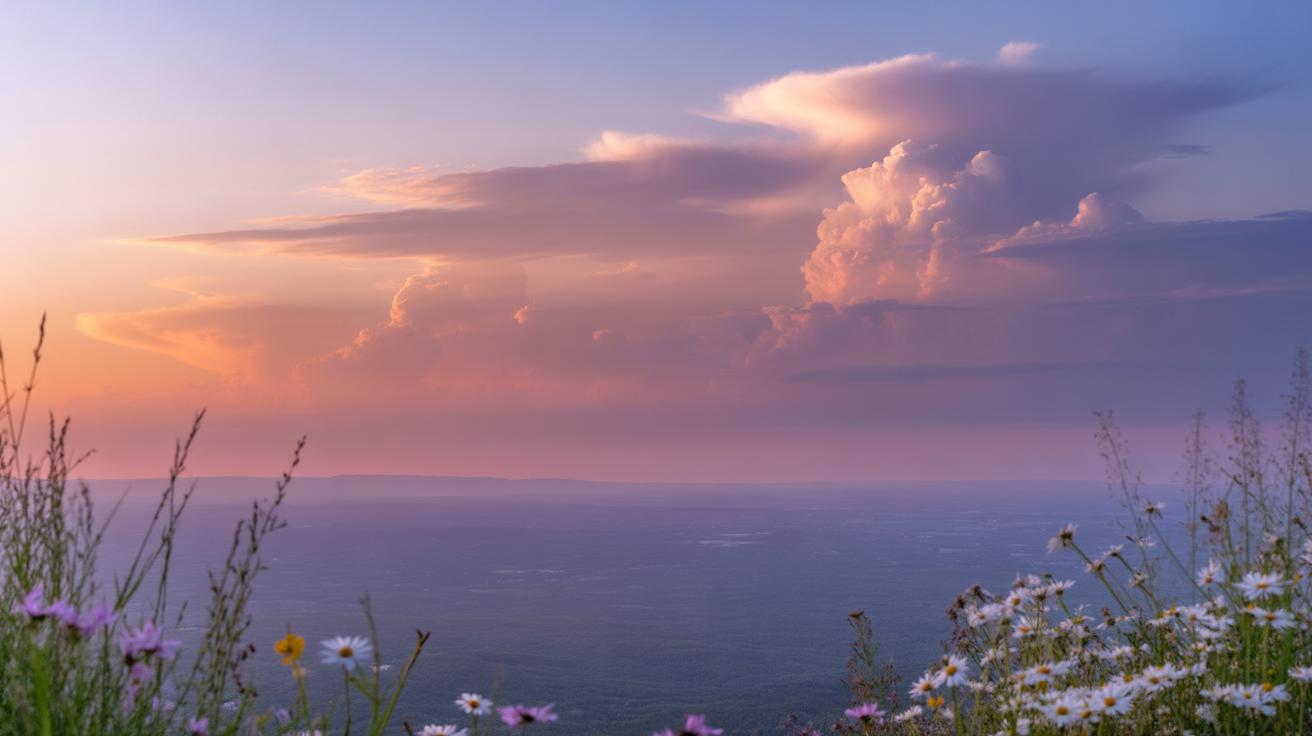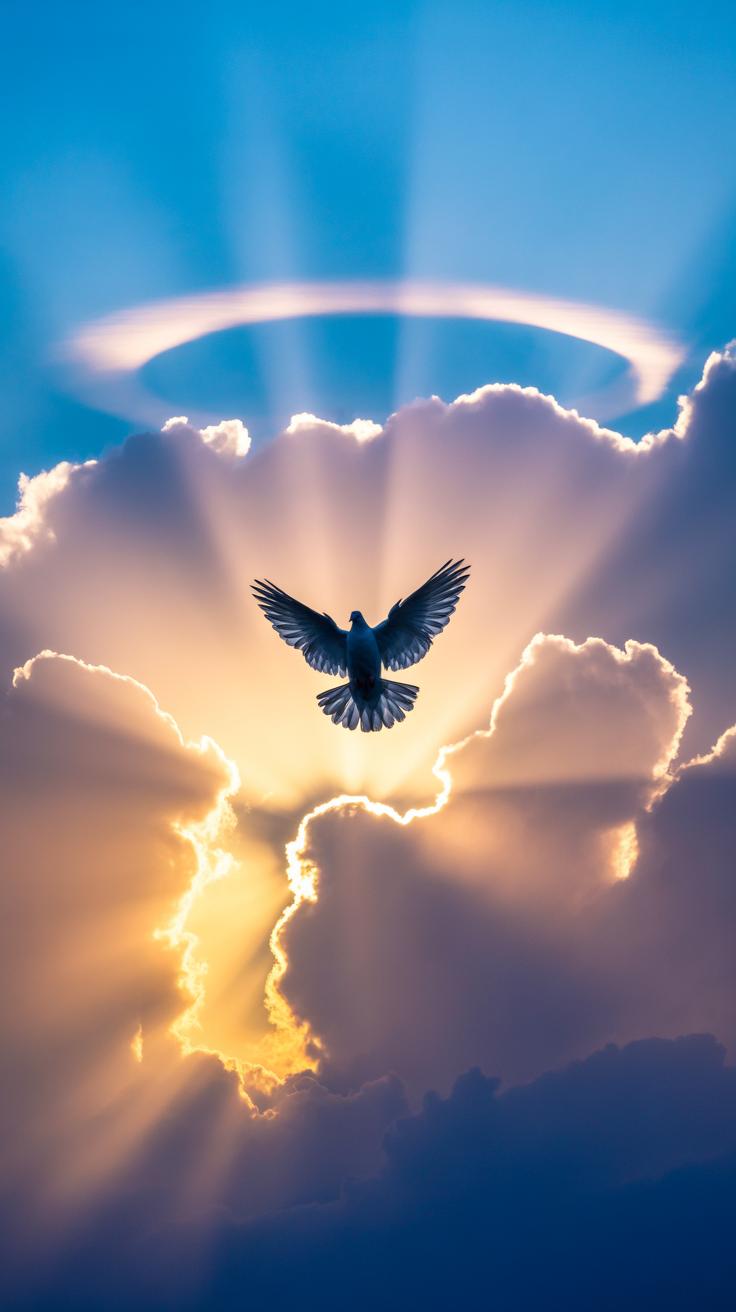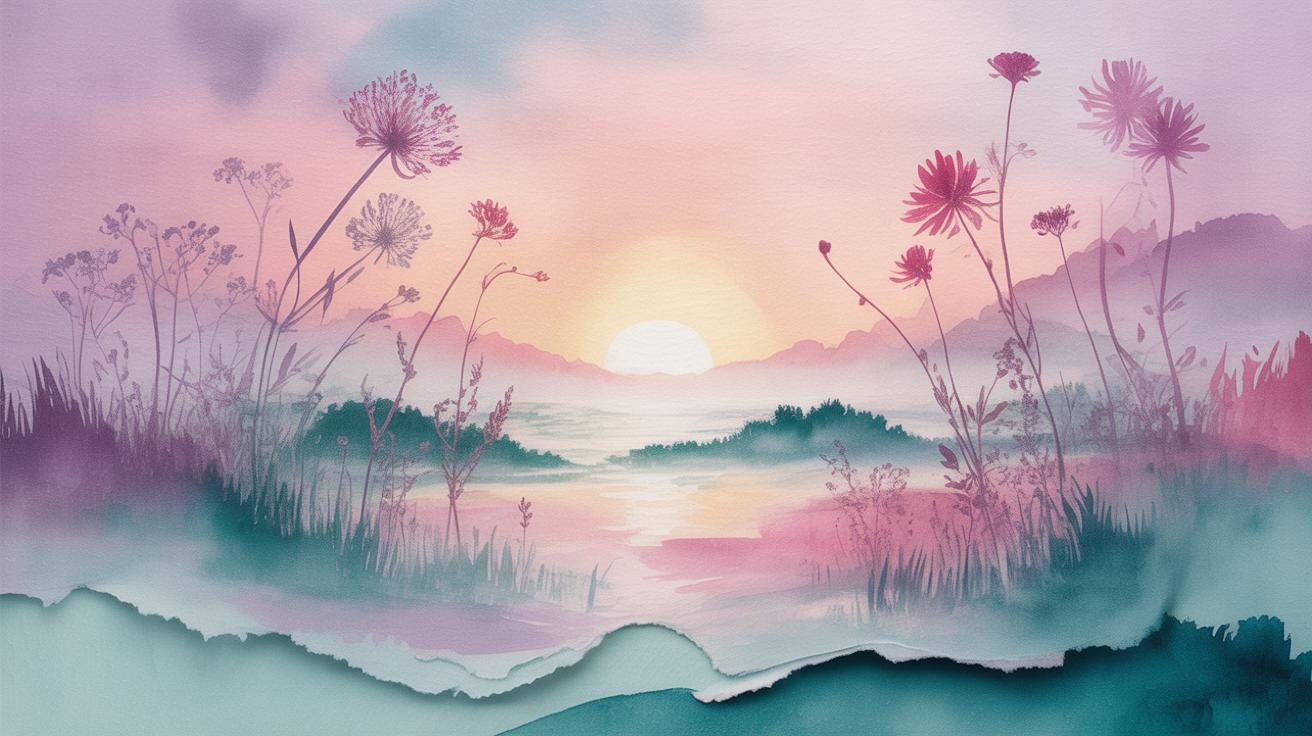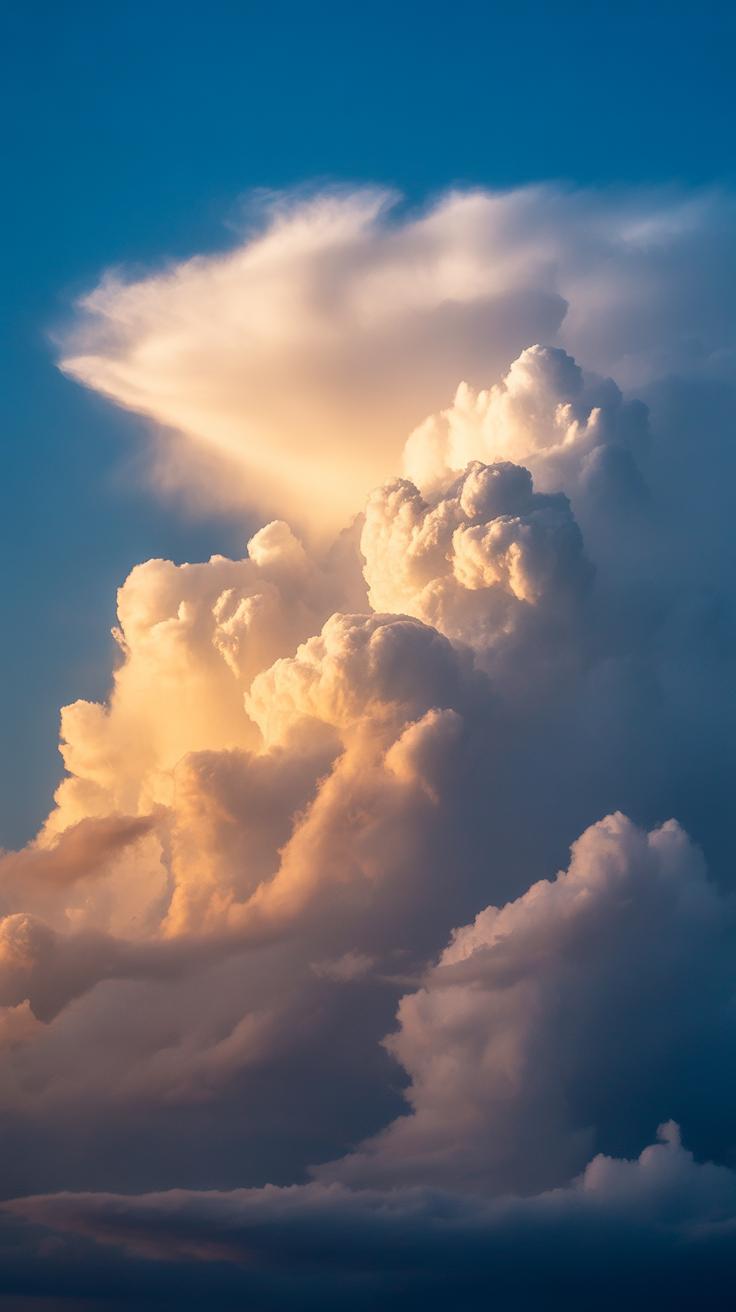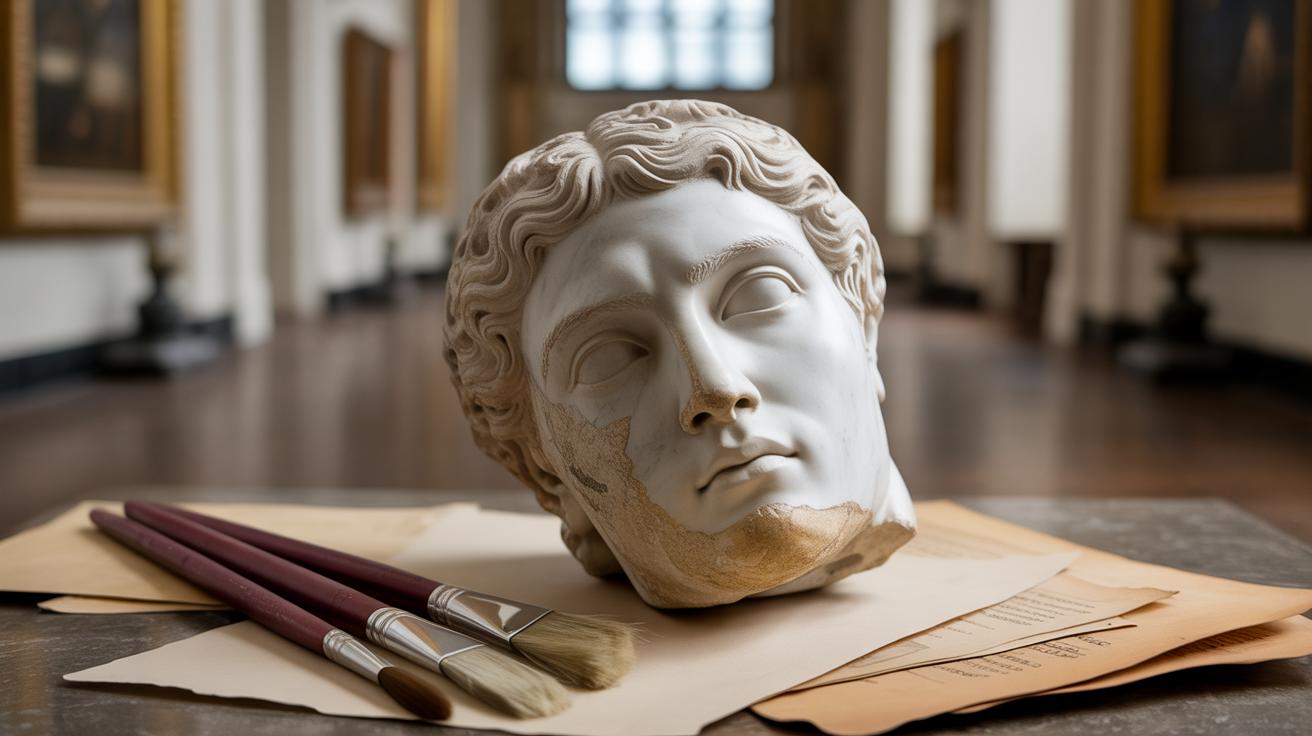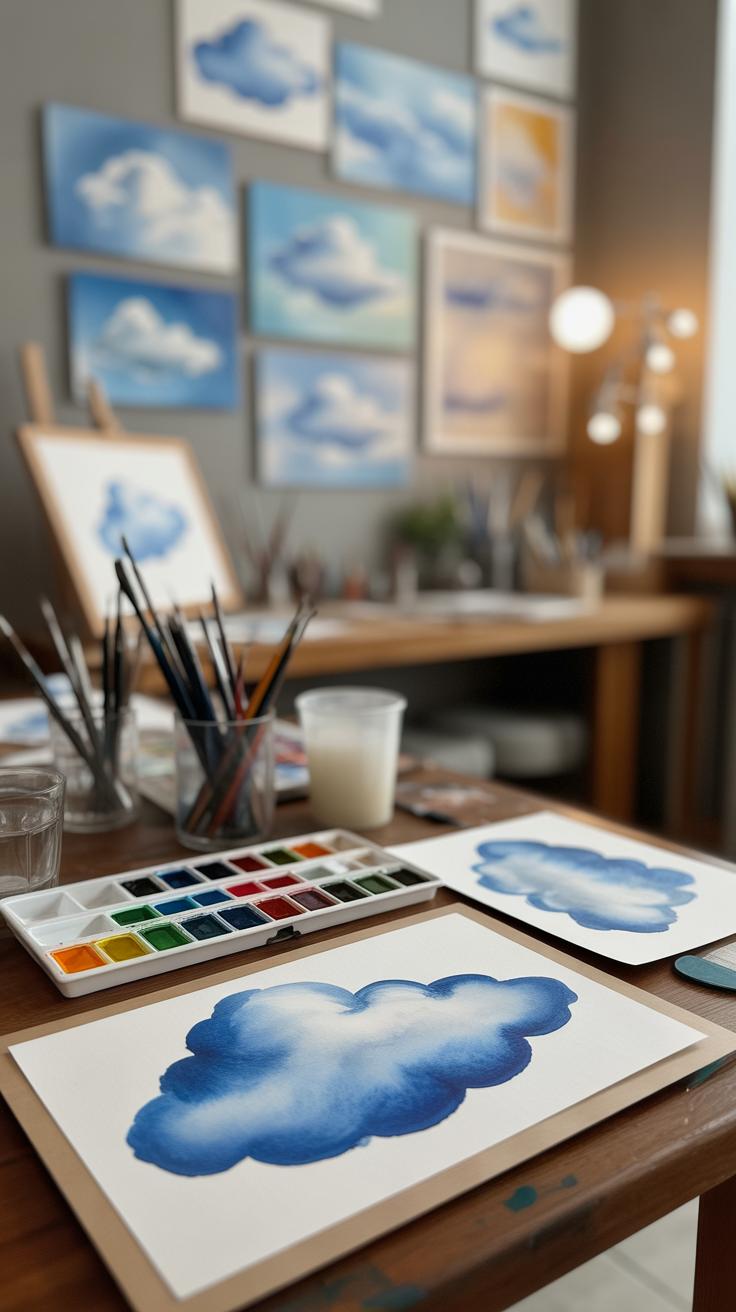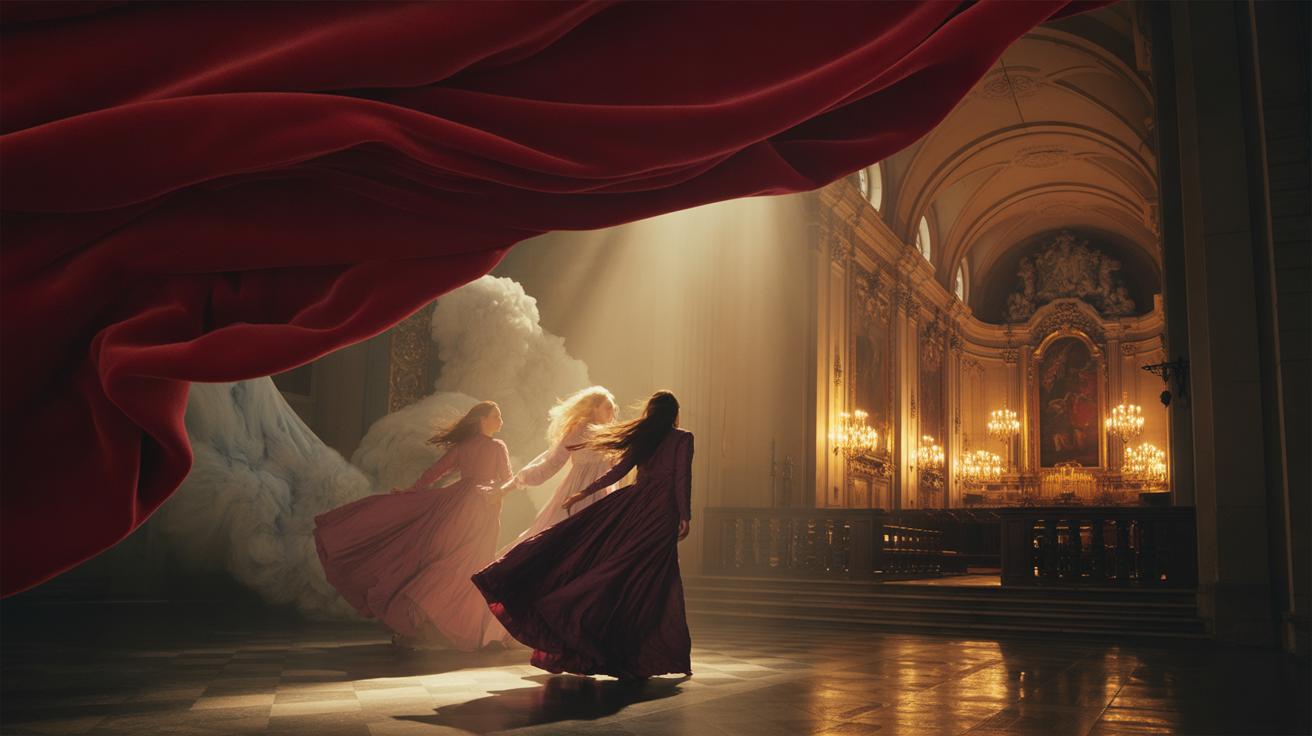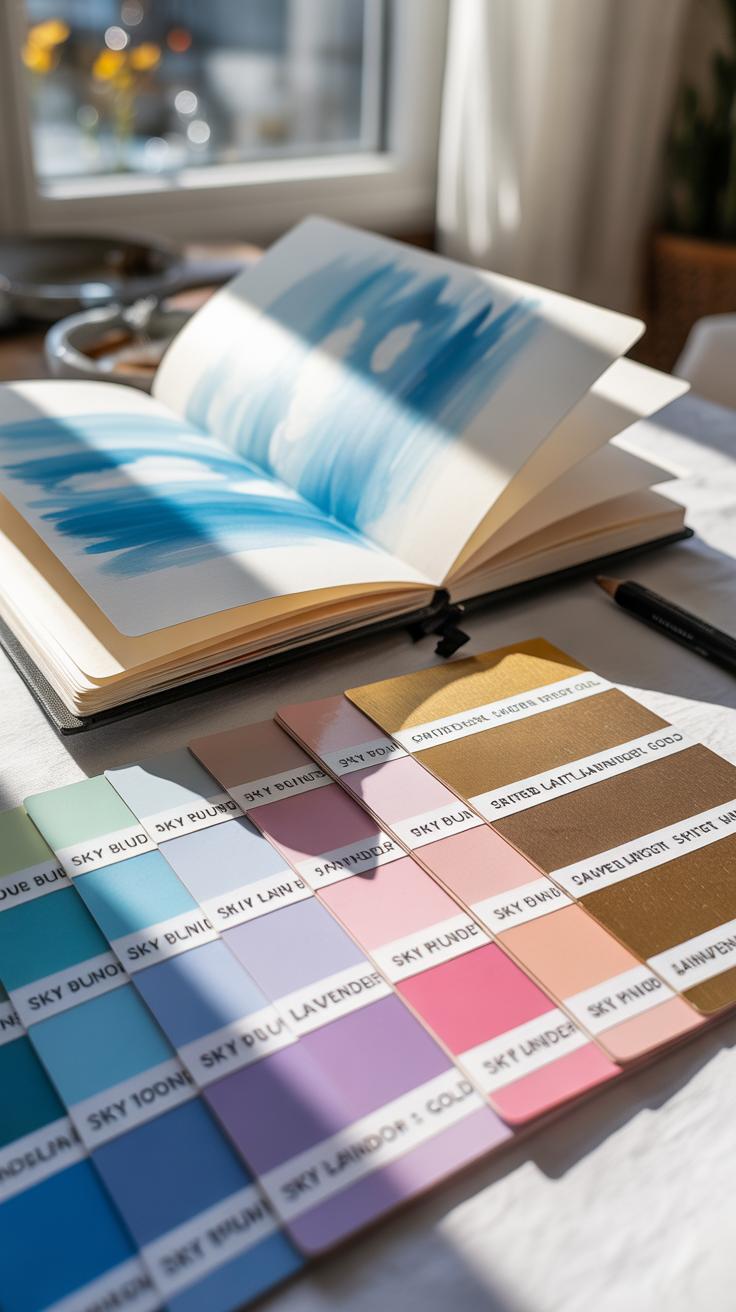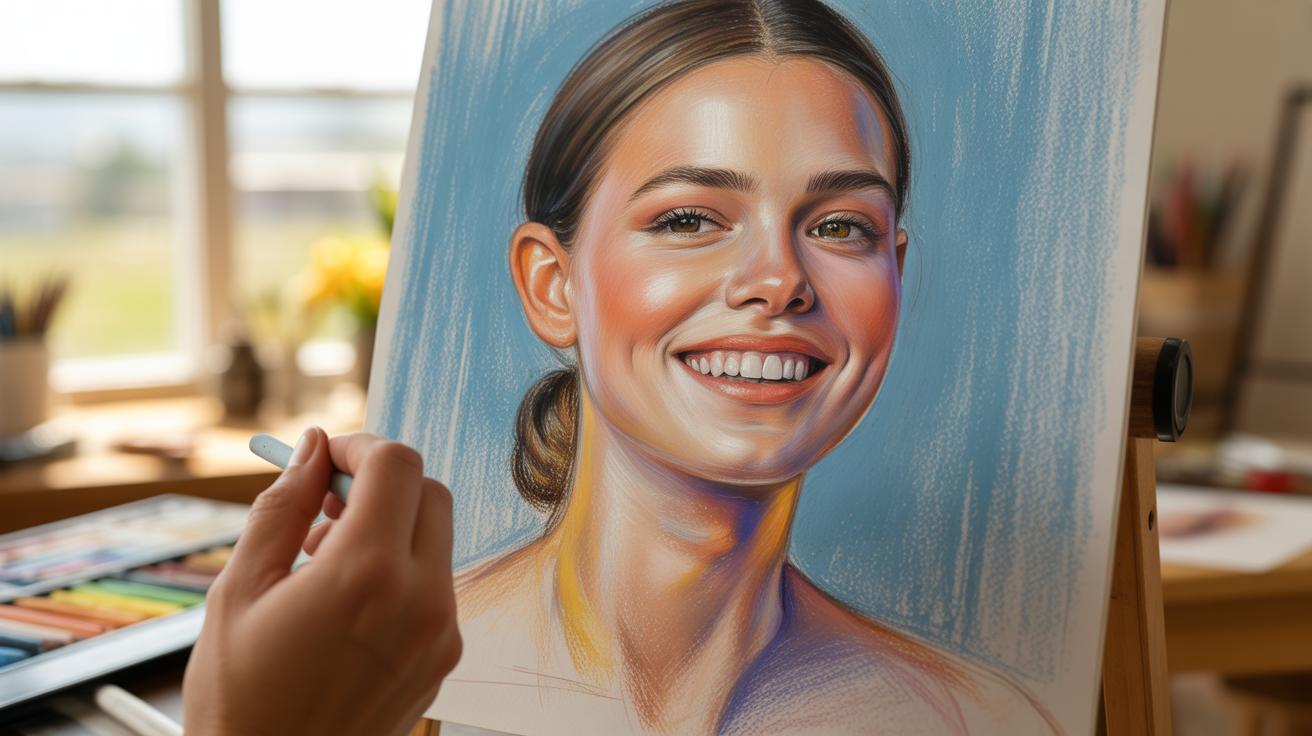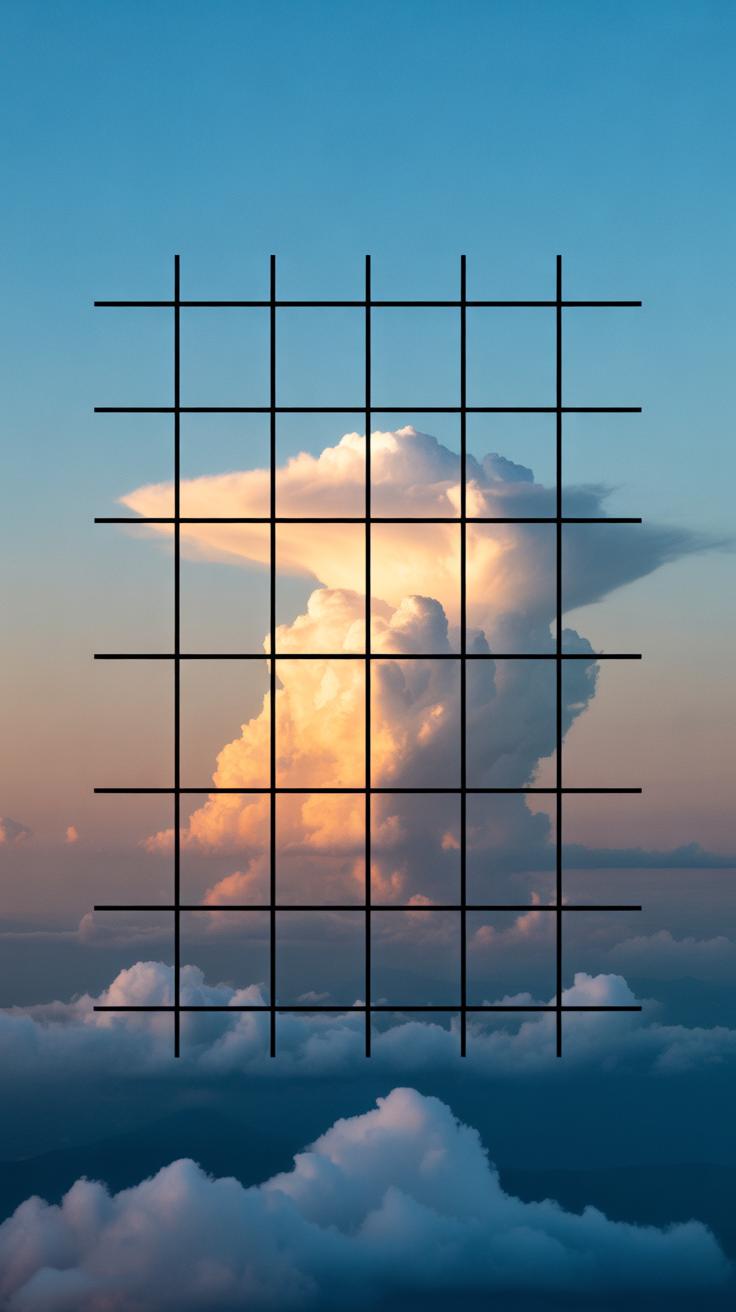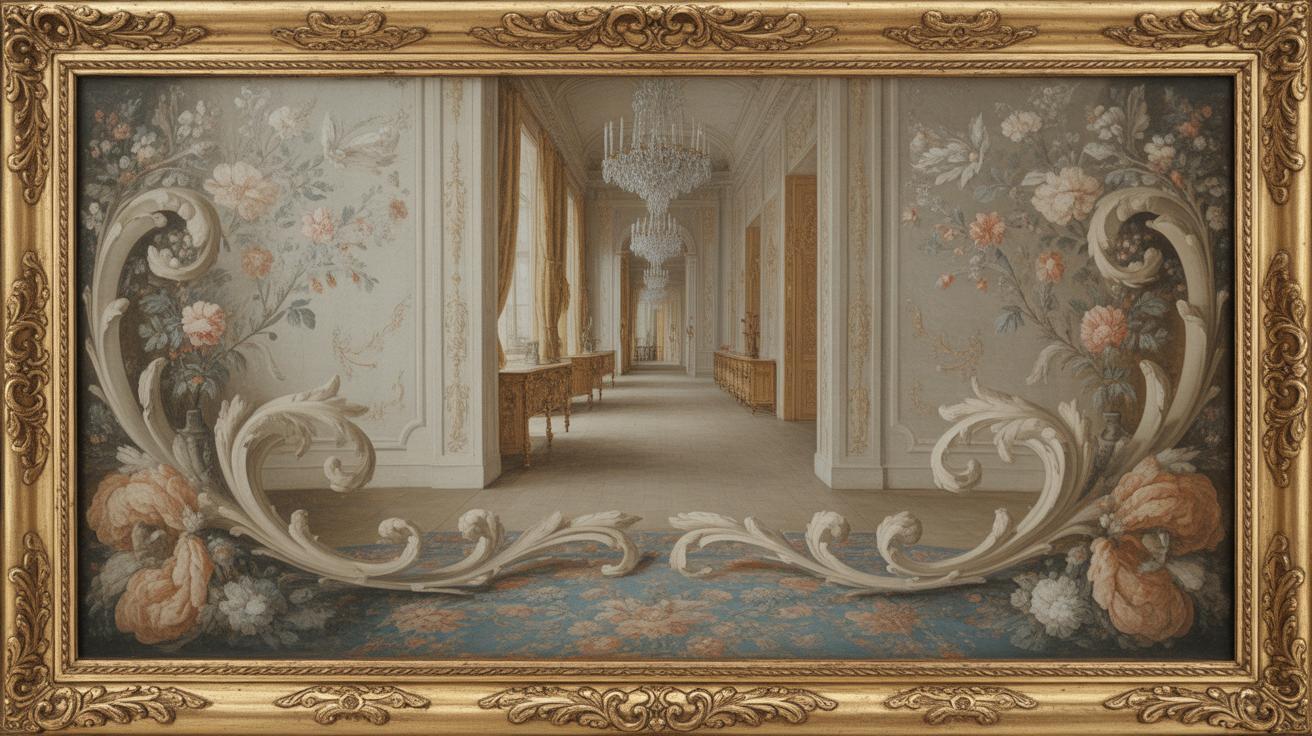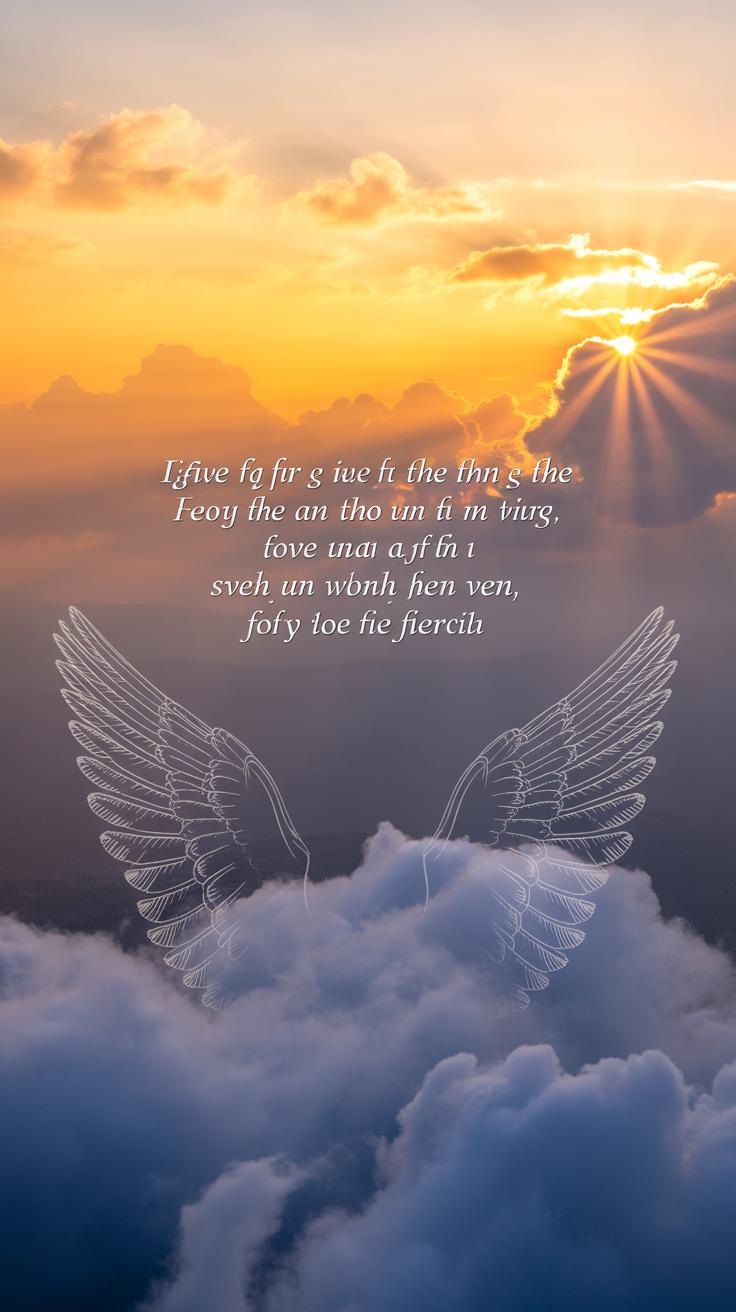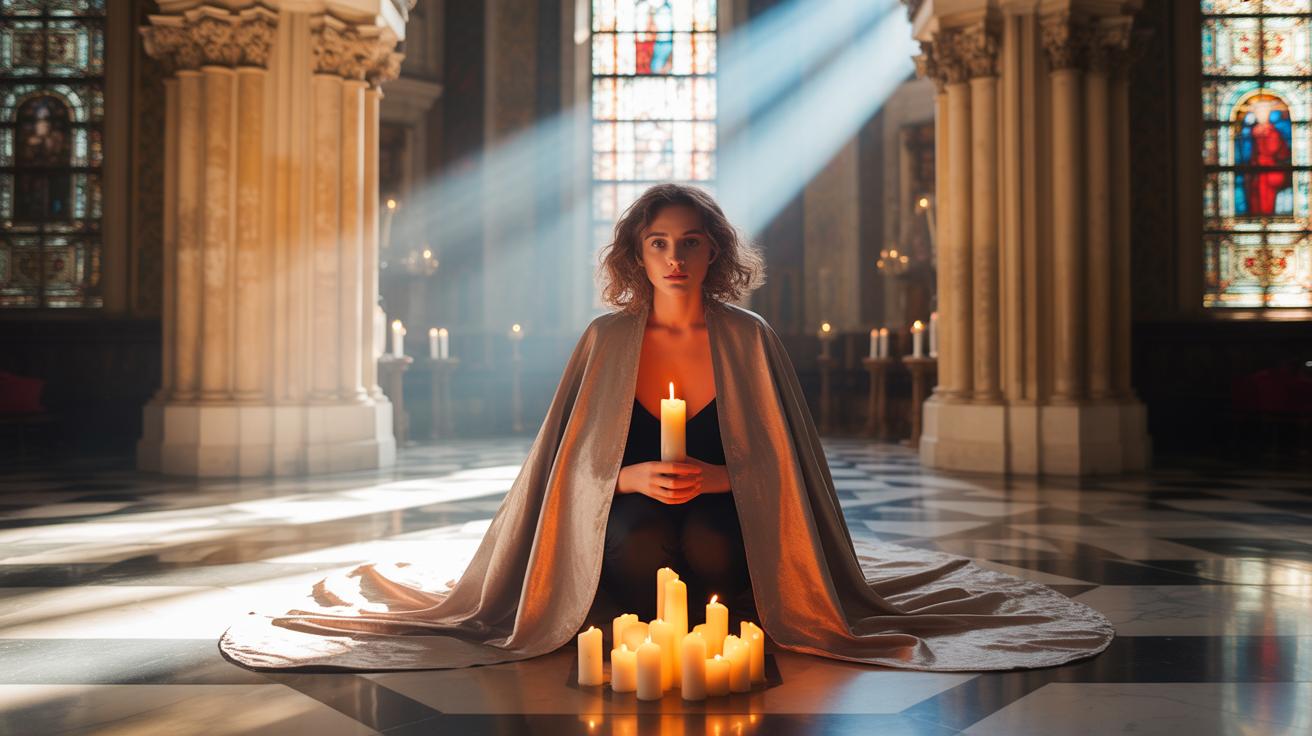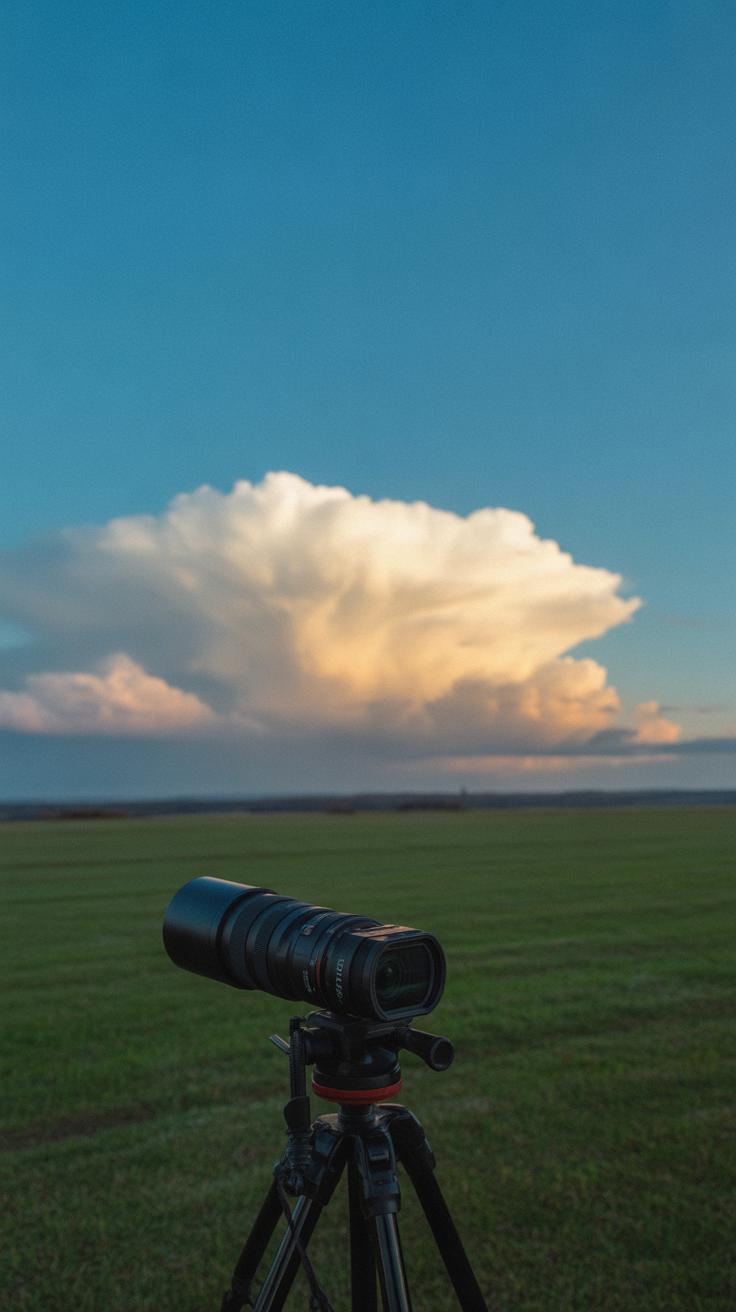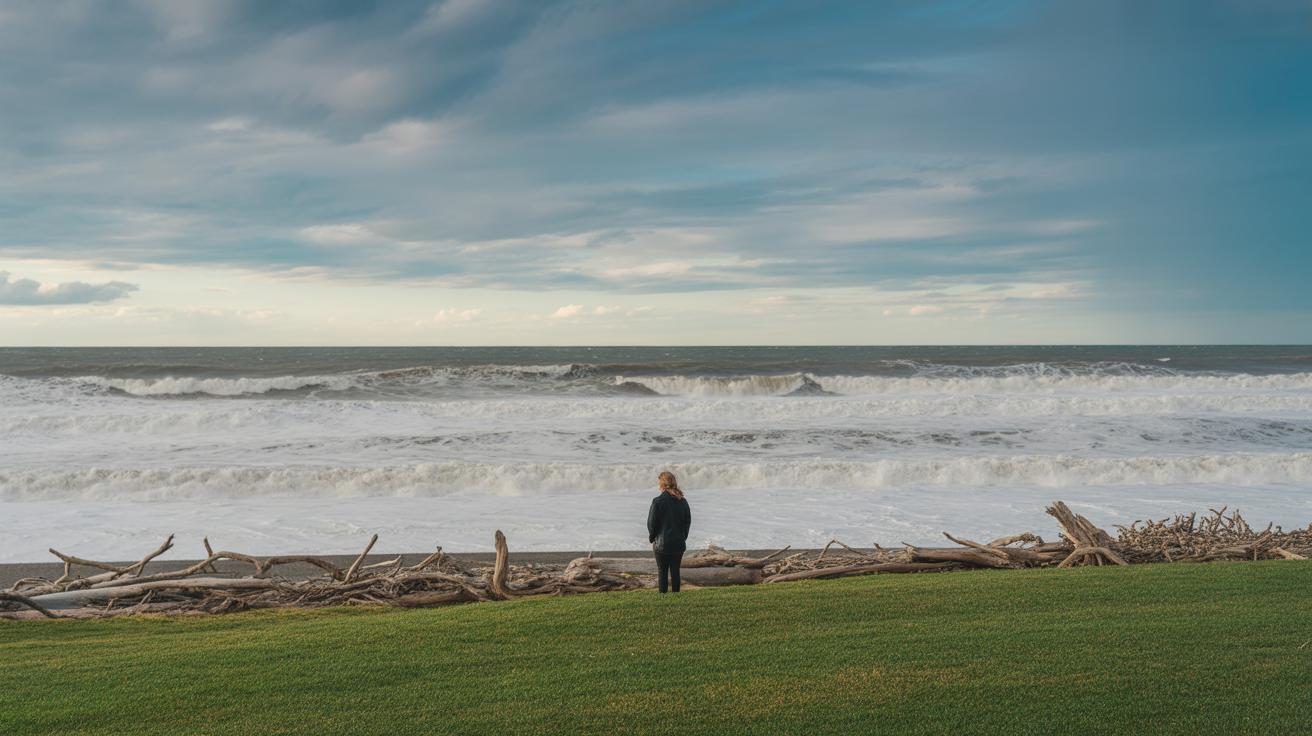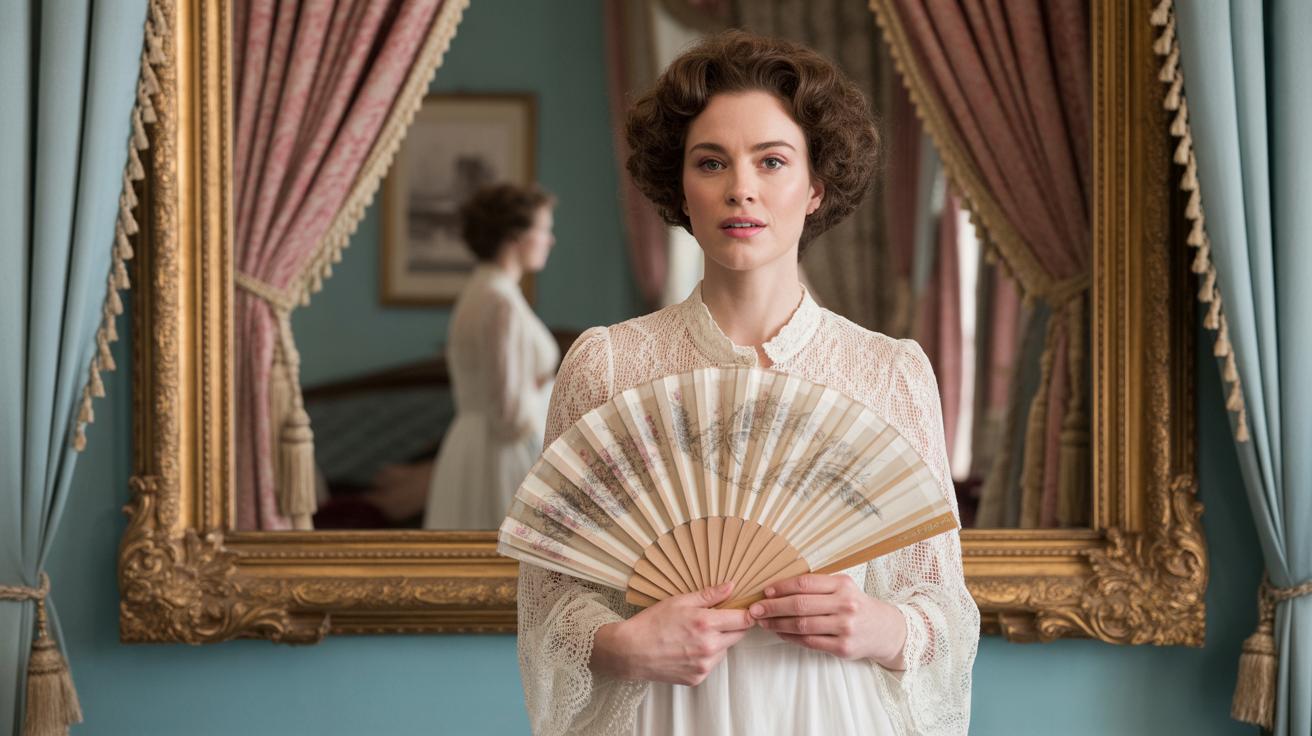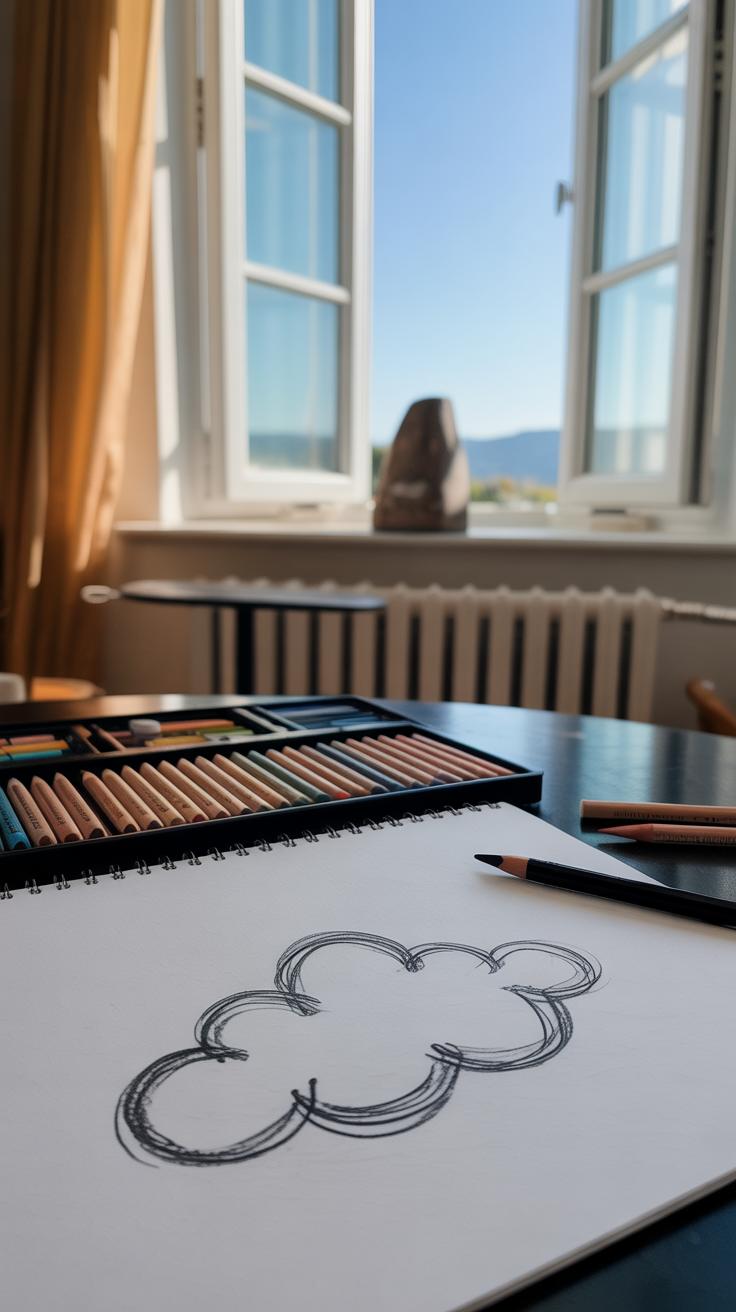Introduction
Serene skies and clouds have inspired artists across centuries to create scenes that evoke dreamlike and heavenly atmospheres. Heaven art captures the spiritual, peaceful, and awe-inspiring essence of the sky, reflecting human imagination and beliefs about the divine. This article explores how heaven and clouds serve as inspiration for stunning and meaningful artworks.
We will examine what heaven represents in art and culture, the varieties of cloud formations that artists depict, and practical ways you can use these themes to create your own vivid, celestial scenes. Understanding these elements will help you appreciate the power of serene skies and clouds to bring tranquility and wonder to any artistic vision.
The Meaning of Heaven in Art
Heaven in Religion and Mythology
Heaven often appears as a symbol of ultimate peace, reward, or divine presence across many cultures. In Christianity, it’s a paradise where souls find eternal rest and closeness to God. Islamic tradition presents it as Jannah, a garden of physical and spiritual delights after life’s trials. Meanwhile, Hinduism envisions Svarga, a temporary resting place for virtuous souls before reincarnation. Some indigenous beliefs see heaven less as a fixed place and more like a state of harmony with nature or ancestral spirits. Really, the idea varies, sometimes it’s a reward, sometimes a state of being, or even a complex cycle of life and rebirth.
These variations shape how artists interpret heaven. The differences invite you to question—what does “heaven” mean to you? Is it peace, reward, or something more ambiguous?
Heaven’s Artistic Representations
Artists through the ages have wrestled with heaven’s depiction, often mixing imagination with theology. Think of Giotto’s frescoes in the Scrovegni Chapel, where heavenly figures hover amidst glowing gold backgrounds. Those shimmering gold tones suggest an otherworldly radiance not found on earth. Or look at Hieronymus Bosch’s “The Garden of Earthly Delights,” where heaven contrasts sharply with chaos below, stirring deep unease alongside hope.
Renaissance painters like Raphael gave heaven a sense of order and grace, portraying angels in flowing robes amidst soft clouds and ethereal light. Contrast this with more abstract or modern takes where heaven might appear hazy, nearly unattainable, reflecting doubt or mystery. These portrayals often emphasize the intangible, the sublime, or even the unreachable—reminding you that heaven’s nature might always lie beyond clear definition.
The Science and Beauty of Clouds
Clouds form when water vapor in the air cools and condenses into tiny droplets or ice crystals. This shift from invisible gas to visible matter depends on temperature and moisture in the atmosphere. It’s kind of fascinating how such delicate particles gather in the sky, sometimes barely noticeable, other times boldly vast.
There are several types of clouds, each with distinct shapes and behaviors. Take cumulus clouds, for example — those fluffy, cotton-like masses you often see on a sunny day. They signal rising warm air and often feel friendly or approachable. Then there are cirrus clouds, thin and wispy, streaked high above, that hint at fair weather but sometimes forecast change. Stratus clouds stretch out in gray layers, lacking drama but covering the sky in a blanket of mist.
The way light interacts with clouds adds layers of interest. Colors shift depending on the sun’s position — pinks and oranges at dawn or dusk, stark whites in midday. Their shapes are always morphing, teasing viewers and artists alike. I’ve noticed how a single cloud can spark entirely different moods, depending on its outline and the sky behind it. It’s no surprise that artists find endless inspiration here, capturing fleeting moments that feel like something just out of reach.
How Artists Use Clouds to Create Mood
Clouds—those shifting forms in the sky—can shape an artwork’s mood in surprisingly subtle ways. Depending on their shape, density, and color, clouds can stir very different feelings in viewers. I’ve noticed that soft, fluffy clouds often bring a sense of calm, like a quiet afternoon with gentle light. But when clouds are dark and brooding, they can complicate that calm, hinting at mystery or unease.
Artists often use these variations intentionally. For example, painting wispy, faint clouds can suggest fragility or fleeting moments, while thick, towering clouds might evoke awe or even tension.
Clouds and Emotion
Certain cloud shapes tend to speak to specific emotions. Rounded, cotton-ball clouds feel peaceful. Jagged or swirling clouds suggest turbulence or turmoil. Color plays a big role too. Warm oranges and pinks at sunset can make you feel hopeful or nostalgic. Cooler blues and grays may seem distant or melancholic.
There’s no strict formula here, though. Sometimes a dark cloud can feel dramatic and exciting rather than threatening. A bright, sunlit cloud might feel strangely lonely, depending on context.
Techniques for Painting Clouds
When painting clouds, some artists try to mimic nature exactly, while others take more freedom, blending and exaggerating shapes to evoke dreams rather than reality. For realism, many suggest layering soft strokes with a dry brush to create texture, letting parts fade gently to emulate how clouds disperse.
Imaginative approaches might include using glazing—thin layers of paint—to build up unusual colors or letting edges blur into the sky to give that ethereal, floating effect.
Personally, I find that experimenting with different brushes—sponges, fan brushes, or even fingers—can help capture the unpredictable nature of clouds. It’s less about precision and more about capturing the feeling in the moment. What emotions do you want your clouds to hold?
Color Palettes for Dreamlike Skies
Choosing the right colors for skies in your artwork can feel tricky, but it’s also where the magic starts. When you think of a serene, heavenly sky, those gentle gradients and soft shifts in tone really pull you in. I often find myself reaching for a blend of cool blues and warm hues, but it’s not always clear which mix best captures the mood.
Cool and Warm Tones
Cool blues tend to bring a calm, peaceful feeling, often suggesting early morning or twilight. Introducing warm pinks or soft golds adds that subtle glow—maybe a sunset or the first hints of dawn. Mixing these tones isn’t an exact science. Sometimes a pink that’s too bright feels out of place, while a blue that’s too dark can pull your scene into something more somber than serene. Experiment with pale blues alongside blush or muted gold. Or let warm hues dominate to create a comforting warmth that almost feels like a quiet embrace from the sky.
Using Light and Shadow
Light plays a crucial role, more than just color choice. Shadows in clouds bring volume and depth—they prevent skies from looking flat. Think of how edges catch the light differently depending on the sun’s position. Shadows can almost feel like the soul of a scene, shaping mood without overwhelming it. Bright highlights can evoke clarity, hope, or even mystery if placed unexpectedly. And the way light fades into shadow often determines whether the sky feels open and expansive or intimate and close. Watching real skies through the day helps me understand these shifts better—they’re subtle but powerful tools for your palette.
Composition Tips for Sky and Cloud Art
When working with skies and clouds, deciding how much of your canvas should be devoted to the sky versus the ground can dramatically affect the mood of your piece. Often, giving more space to the sky opens up a sense of vastness or freedom. But sometimes, a smaller portion of sky, tightly framed, can build tension or intimacy. You might think that a 60/40 split—where the sky takes a bit more room—is a safe bet, yet this isn’t a hard rule. Play with it. Some of my favorite paintings have less than a third of the space for sky, which helps focus on the land’s story beneath the clouds.
Cloud placement plays into this even more. Clouds aren’t just shapes that fill the sky; they’re like signposts guiding where your eye should drift. Rounded clusters can push the viewer’s gaze around a central point, while elongated, wispy trails often lead the eye gently across the scene. For example, a cluster of bold clouds near the horizon might anchor the composition, but a single, softly drifting cloud higher up can create curiosity. Try to think of clouds as visual anchors or stepping stones, not just background fluff.
Consider also how the sky contrasts or complements the elements below. If you have a complex foreground, a simpler sky can prevent distraction. Conversely, a dramatic sky might call for minimal ground details. It’s a balancing act that doesn’t always follow neat formulas.
Incorporating Symbolism in Heaven Art
When you create art inspired by heaven, symbols become your secret language. They add meaning beneath the surface and invite viewers to look closer, think deeper. Some motifs appear again and again in heaven-themed artwork—light, for instance. It’s not just about brightness; it can suggest purity, enlightenment, or the presence of the divine.
Wings are another classic symbol. They hint at angels, freedom, or a connection between earthly and spiritual realms. Stairways or ladders often represent a path to higher understanding or transcendence. You might include clouds as gentle barriers or thresholds, subtly separating worlds.
Still, these common icons don’t have to feel trite. You can twist them, reshape context or style, to make them yours. Think about your own experiences with spirituality or moments when you felt close to something larger. Do any personal symbols come to mind? Maybe a certain color, a shape, or a natural element that holds meaning for you.
Mixing traditional heavenly symbols with your own creations can make your art feel authentic and layered. Don’t worry if your symbols aren’t immediately obvious—sometimes ambiguity asks viewers to pause and explore their own interpretations. What symbols would you choose to express your connection to heaven?
Photography Ideas for Capturing Heaven and Clouds
When it comes to capturing skies that feel serene or even dreamlike, timing is key. Sunrise and the golden hour—just after sunrise or before sunset—offer soft, warm light that gently shapes clouds and spreads a subtle glow. These moments can make the sky look almost unreal, as if it’s hovering between night and day. On overcast days, the light diffuses evenly, reducing harsh shadows and lending a calm, muted palette that suits contemplative scenes.
Try these tips for settings and angles to bring out the sky’s mood:
- Use a low ISO, around 100-200, to keep your image free of noise.
- Adjust your aperture to f/8 or smaller for sharp details, especially if clouds form interesting layers.
- Experiment with shutter speed—slower speeds can blur moving clouds for a soft effect, while faster ones freeze crisp shapes.
- Consider shooting from unusual angles—look up through tree branches or include architectural elements for context.
- Polarizing filters can deepen blues and reduce glare but don’t overdo it, or the sky can appear unnatural.
One thing I’ve noticed is that sometimes the sky’s mood doesn’t translate well unless you shift your viewpoint, so move around. Don’t just point your camera straight up. Look for layers, textures, and hints of light breaking through. You might capture something that feels more like a vision than a photograph.
Digital Art Tools for Sky and Cloud Creation
When creating skies and clouds in digital art, certain tools really make a difference. Programs like Photoshop, Procreate, and Krita offer specialized brushes and texture packs designed to imitate the wispy, soft edges of clouds or the smooth gradients of the sky. I find that starting with a brush that has variable opacity and flow can help you build delicate layers without harsh lines. Smudge and blur tools are also handy to blend edges, though overusing them risks losing texture and detail.
Brushes that emulate natural media—like charcoal or watercolor brushes with grainy textures—often work well for cloud softness. You can experiment with custom brushes shaped like sprays or sponges to mimic the chaotic forms clouds take in nature. It’s a bit like sculpting with light and shadow, except digitally. Finding or even creating your own cloud brush can be a game changer for getting those airy details right.
Using layers lets you build depth and complexity. For example, you might start with a base color gradient on one layer, then add cloud shapes on a new one. Blending modes such as “Screen,” “Overlay,” or “Soft Light” let you play with how these layers interact, lending either realism or an artistic glow. It can be tempting to rush this, but patience yields more believable atmospheres. Sometimes, it’s just about tweaking opacity or gently erasing parts to create that perfect transition.
Have you tried layering subtle variations in tone and color to build up clouds? I think that little step alone shifts a scene from flat to immersive. You can build skies both realistic and stylized this way, depending on your choices. It might feel overwhelming at first, but experimenting freely with brushes, blending, and layers will reveal what clicks for your vision.
Practicing Your Own Heaven Art
Sketching Cloud Shapes
You don’t need to be a seasoned artist to start sketching clouds. Begin with simple daily exercises: spend just five minutes outside or by a window, and observe the clouds above. Try to capture their form loosely—avoid getting caught up in details. Focus on their edges, how they merge or break apart, and the way light plays across them.
Draw quickly, like doodles. Don’t worry if your shapes look odd or unrealistic. Cloud forms change constantly, so each sketch is a snapshot of a fleeting moment. Over time, these quick studies will sharpen your eye for subtle shifts in shape and texture.
Try varying your tools—pencil, charcoal, even ink. Experiment with shading and contrast to suggest different cloud densities. Sometimes, a smudge or a soft stroke captures their feel better than precise lines.
Building a Dreamlike Scene
Once you feel comfortable sketching clouds, think about placing them within a scene. Start by deciding on the mood or theme you want—calm, mysterious, hopeful. Then, layer your sky, clouds, and colors thoughtfully. What colors do your clouds take on? Soft pinks at dawn, stark grays in a storm, or glowing gold at sunset?
Introduce symbolism too. Maybe the clouds part softly to reveal a hidden light, or they cluster tightly, closing off the sky. You can play with scale, letting gigantic clouds dwarf earthly elements, or make the sky a subtle backdrop for a small, meaningful object.
Take it step-by-step:
- Choose your focal point—clouds, light, or a symbolic figure.
- Sketch basic shapes and place them on your canvas.
- Add color in layers, blending edges to keep softness.
- Introduce details or texture last, so the scene doesn’t feel too busy.
Remember, dreamlike art isn’t about precision. It’s about feeling and atmosphere. So trust your intuition, let imperfections slip in, and see where the clouds take your creativity.
Conclusions
Heaven and clouds in art symbolize more than just the sky; they convey hope, peace, and connection to the divine. Through studying their meanings and how artists depict them, you can learn to communicate deep emotions and stories in your work. The layers of meaning in heaven and cloud art allow everyone to find beauty and inspiration.
Using the shapes, colors, and symbolism of clouds and celestial skies, you can create dreamlike scenes that speak to viewers’ hearts. Keep exploring and experimenting with these natural elements to develop your own unique style and tell your artistic story.


